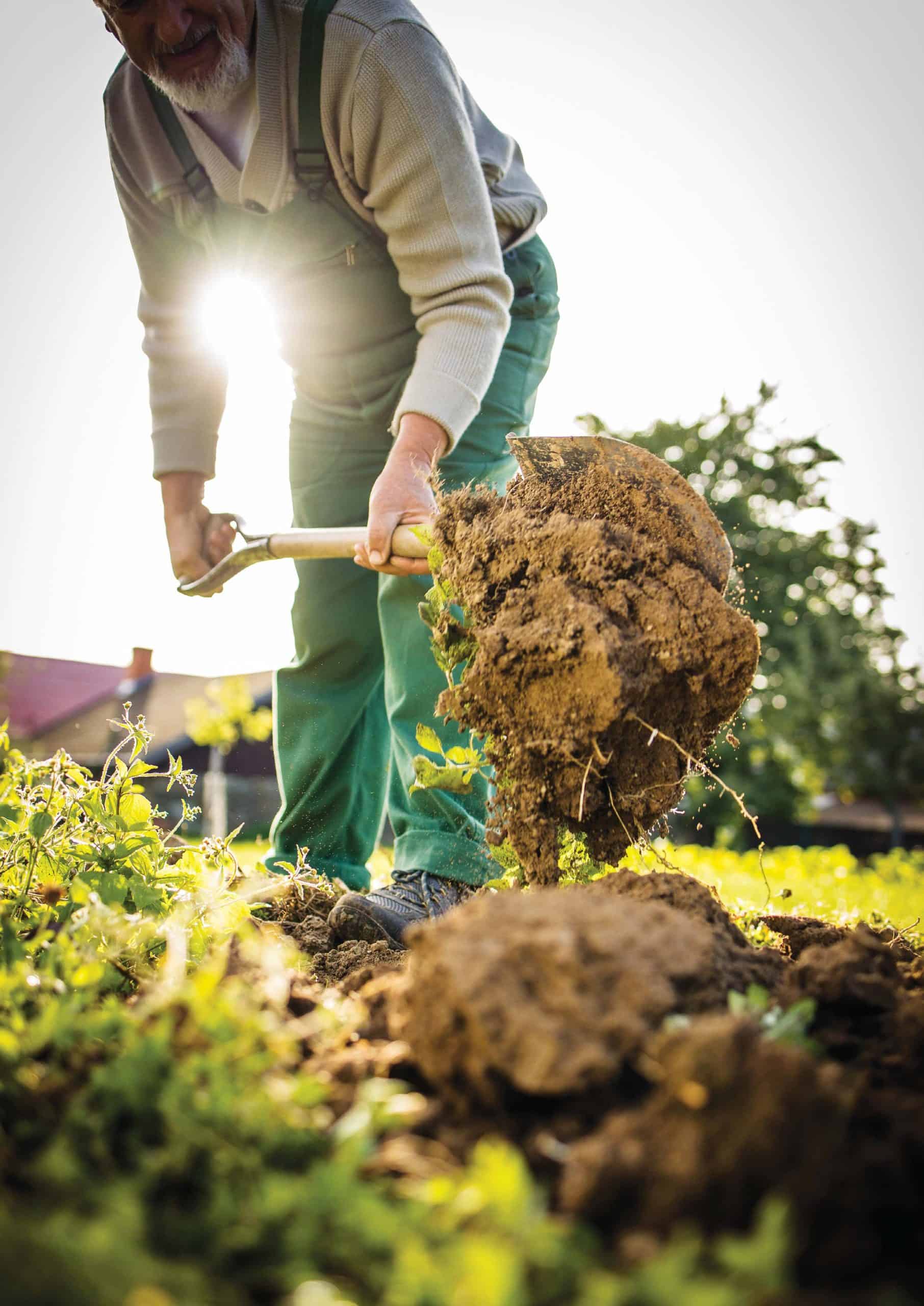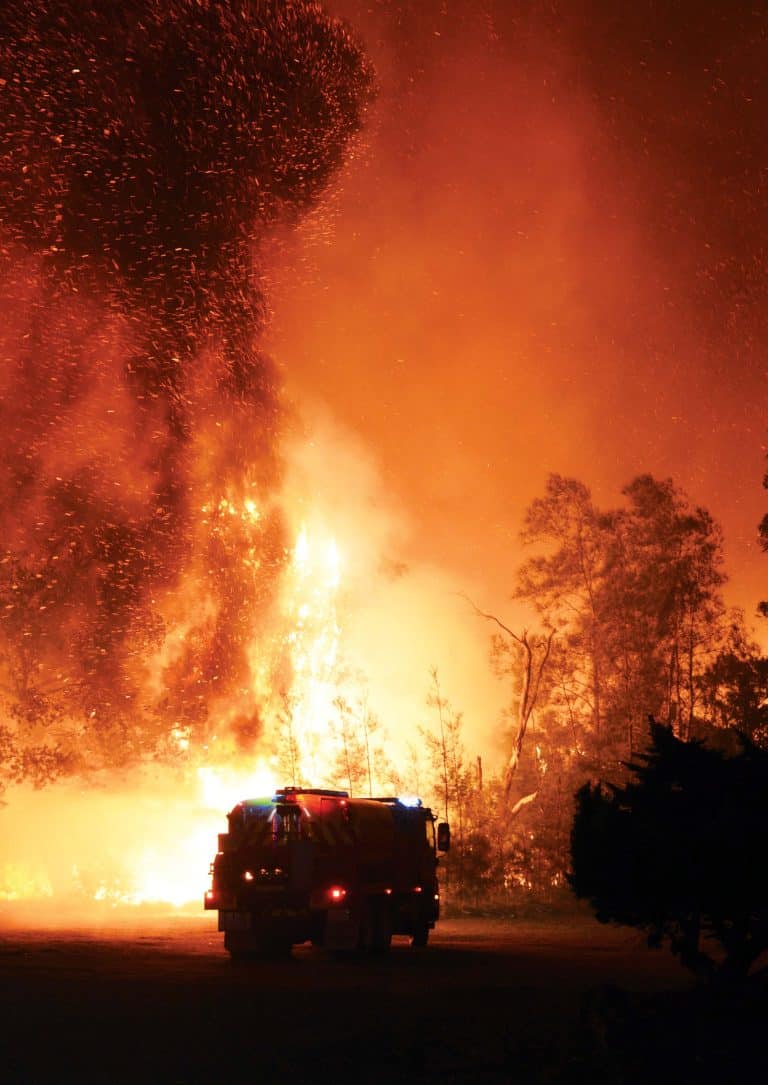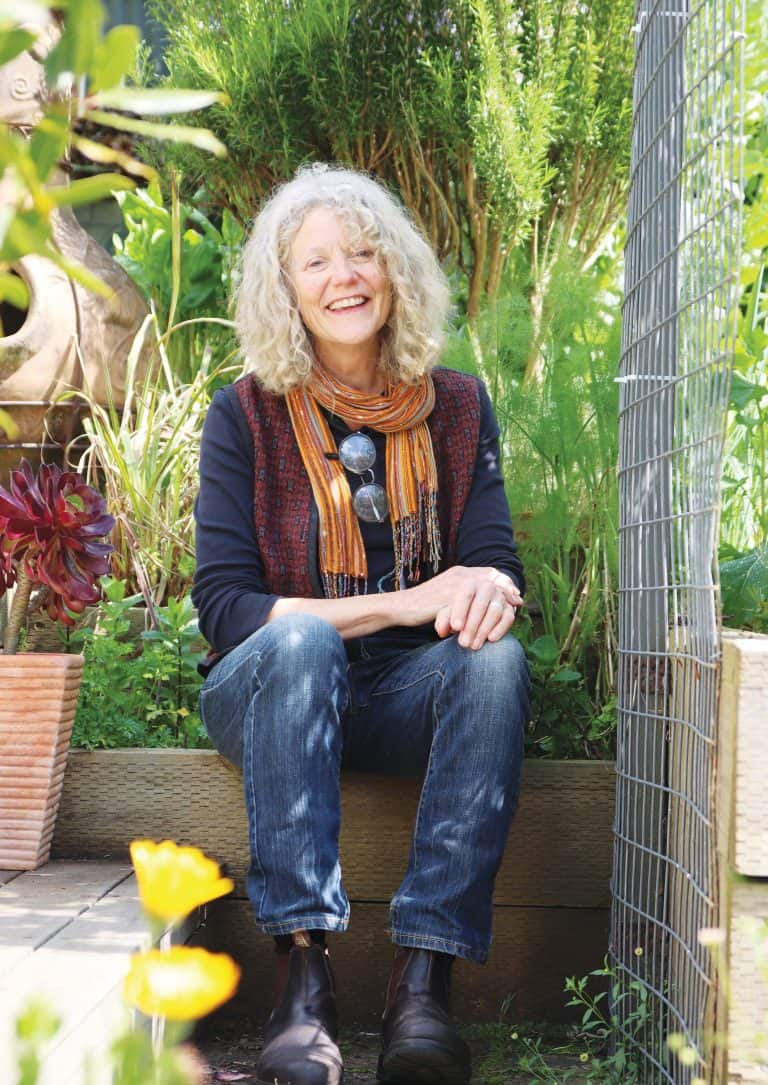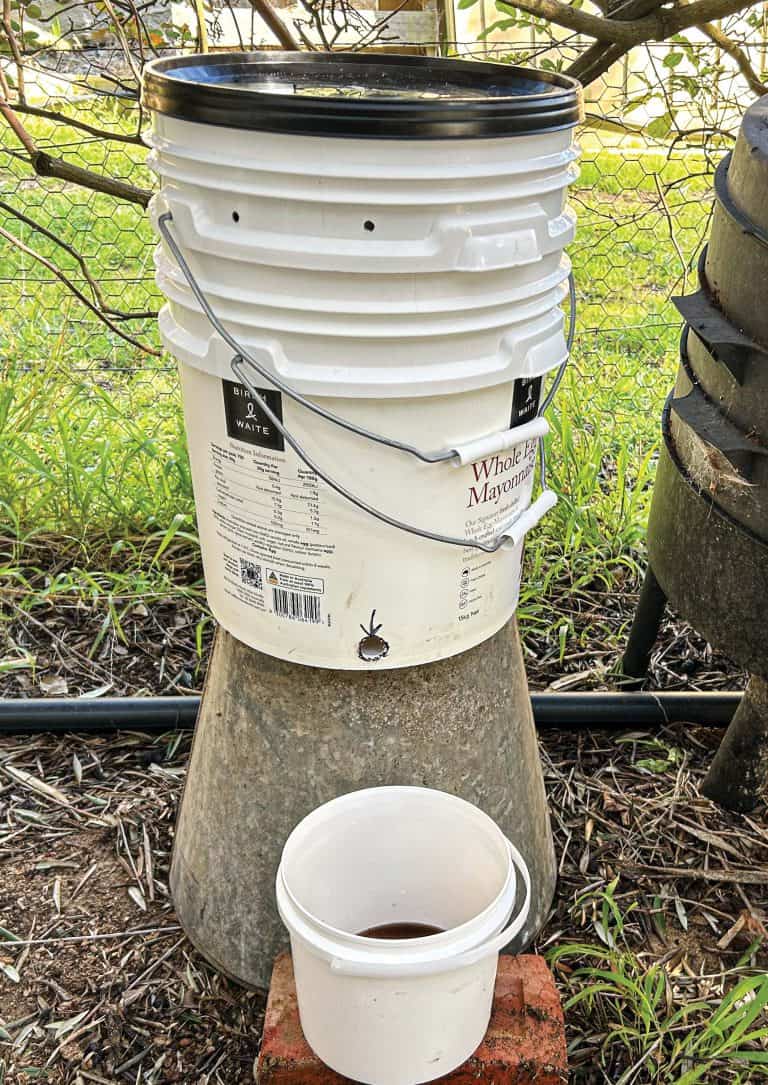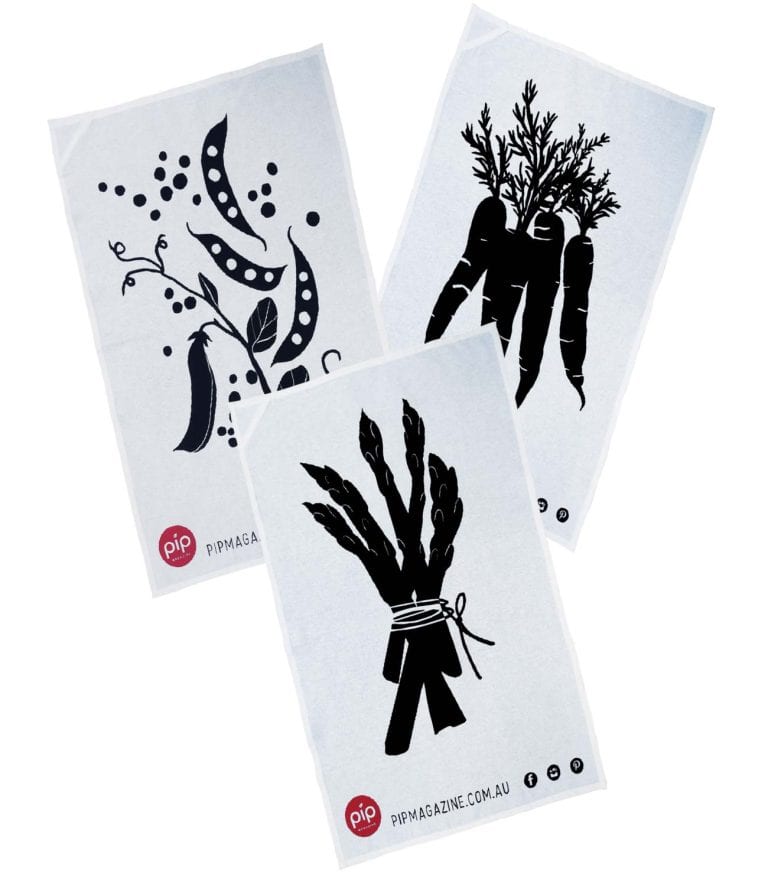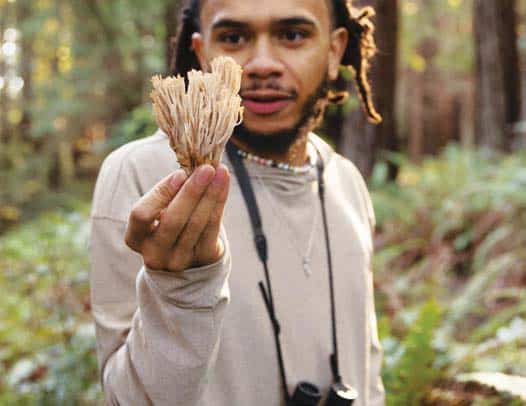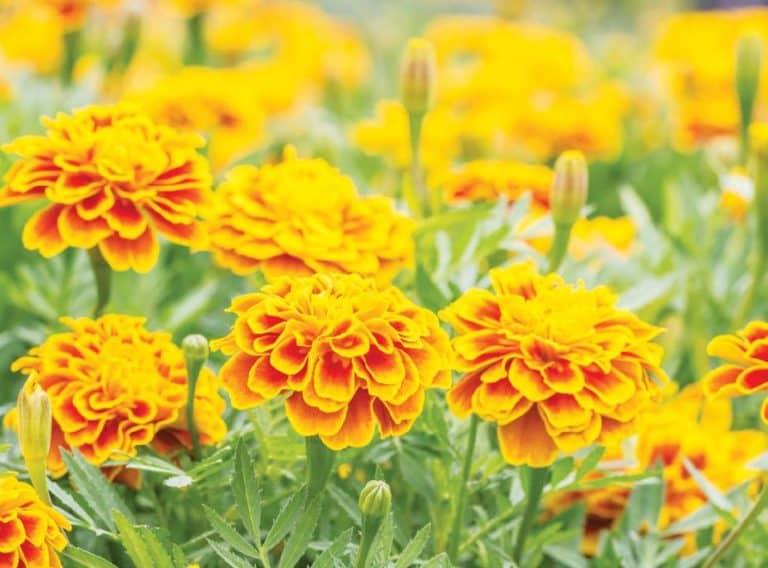TAKING CHARGE – everything you need to know about owning an electric vehicle
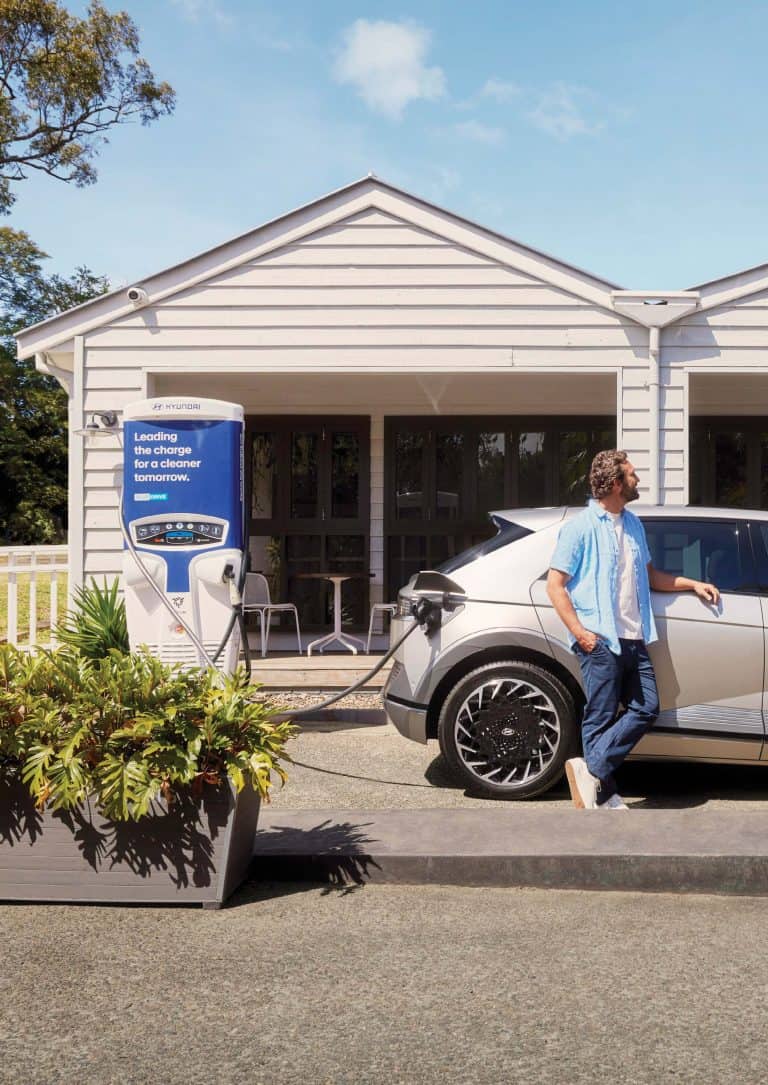
We’ve known for decades our transport choices are impacting the health of the planet and its inhabitants. So where are we at right now in terms of EV ownership in Australia?
Australia is massive; a land of sweeping plains and very long roads. With our relatively low population and mostly underwhelming public transport system, it’s no surprise that as a country, we love our cars and are often dependent on them. We have the second-highest rate of car ownership in the world, behind the US, to prove it.
But it’s coming at a huge environmental cost: last year the transport sector made up 19 percent of Australia’s emissions, according to the federal Department of Climate Change, Energy, the Environment and Water. Passenger cars and light commercial vehicles contributed 60 percent of that (and over 10 percent of Australia’s total emissions). The department’s website states that ‘without intervention, the transport sector is projected to be Australia’s largest source of emissions by 2030’.

